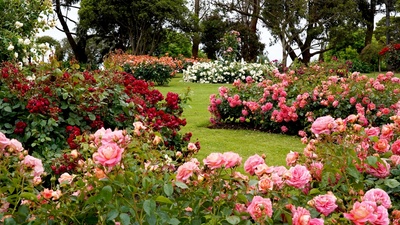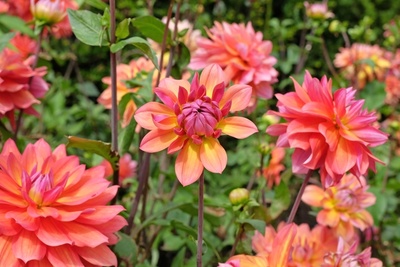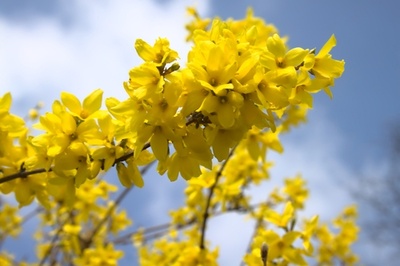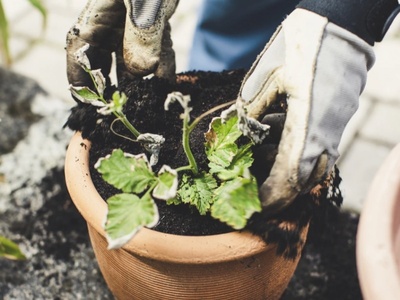
A foretaste of summer, potted mophead hydrangeas are a popular houseplant gift choice in spring, making a beautiful alternative to cut flowers with their glossy dark green leaves and striking rounded flower heads. Although they’re best grown outdoors, mophead hydrangeas (the botanical name is Hydrangea macrophylla, and they’re also sometimes called hortensias) can be grown as houseplants for a time in spring, then moved outdoors when the weather warms up. If you’ve been given a potted hydrangea, here’s how to take care of it.
How to grow a hydrangea indoors
When grown as indoor plants, hydrangeas need as much light as possible, ideally 6-8 hours per day, but they also prefer cold temperatures, which is why it’s best to move them outdoors when summer arrives. Place your hydrangea near a bright window in a cold room. Water regularly to keep the compost moist but don’t allow the plant to stand in water as the roots will rot.
How to grow a hydrangea outdoors
Mophead hydrangeas are hardy and can be grown outdoors wherever the winter temperature stays above -15ºC (5ºF). However, potted hydrangeas sold as houseplants will have been produced in greenhouses and fed to encourage them to flower early, so they will need time to adjust to life outdoors before being planted out. Harden them off for one to two weeks before planting by placing them outside in their pots during the day and bringing them back inside at night. Hydrangeas grown for outdoor planting can be planted out straight away. The best time to plant mophead hydrangeas outdoors is in mid- to late spring when the soil has had a chance to warm up.
Hydrangeas like moist, well-drained soil and do best with shelter from the hot afternoon sun. This makes them ideal choices for shady gardens, and their dramatic round flowerheads look stunning in mid and late summer. Water hydrangeas regularly, especially in dry periods, and mulch with compost or other organic material in spring or autumn.
The flowers of pink and blue mophead hydrangeas have the unique ability to change colour, depending on the pH (acidity or alkalinity) of the soil. The more acidic the earth is, the deeper blue will be the flowers. In alkaline soils, flowers turn a beautiful pink. (White mophead hydrangeas don’t change colour.)
How to prune a mophead hydrangea
- Mophead hydrangeas should be pruned in late winter or early spring, and the process is straightforward:
- Leave the dried flower heads on the plant over winter to protect the new developing buds from frost, then deadhead them in spring, cutting back to the first pair of healthy buds below the flowerhead.
- If buds do get damaged by frost, cut the stems back to a strong pair of healthy buds.
- Cut back one or two of the older flowered stems to their base to promote new growth.
Hydrangeas look fabulous in shady gardens, and we’ve got plenty of other plants for both sun and shade. Contact us to find out more.




